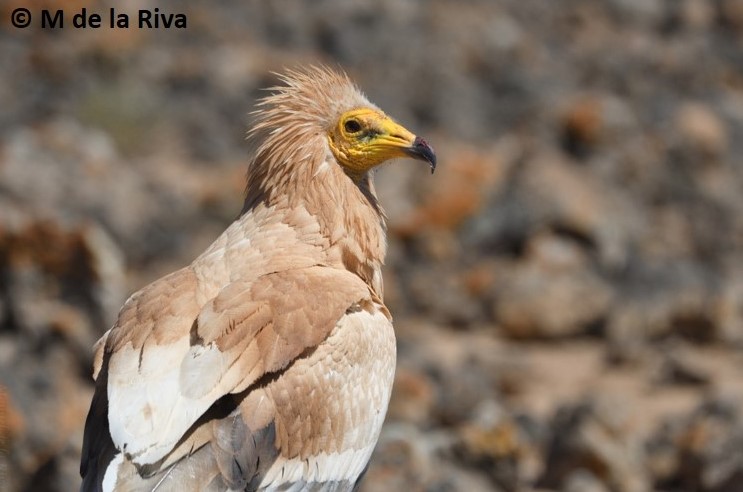Individual traits such as body mass can serve as early warning signals of changes in the fitness prospects of animal populations facing environmental impacts. Here, taking advantage of a 19?year monitoring, the question how individual, population and environmental factors modulate long?term changes in the body mass of Canarian Egyptian vultures was addressed. Individual vulture body mass increased when primary productivity was highly variable, but decreased in years with a high abundance of livestock. The hypothesis tested was that carcasses of wild animals, a natural food resource that can be essential for avian scavengers, could be more abundant in periods of weather instability (i.e. variation in primary productivity) but depleted when high livestock numbers lead to over?grazing. Results would also indicate that wild prey represents essential, but highly underestimated, resources, whose availability would affect vulture condition and fitness. In addition, increasing vulture population numbers also negatively affect body mass suggesting density?dependent competition for food. Interestingly, the relative strength of individual, population and resource availability factors on body mass changed with age and territorial status, a pattern presumably shaped by differences in competitive abilities and/or age?dependent environmental knowledge and foraging skills. This study supports that individual plastic traits may be extremely reliable tools to better understand the response of secondary consumers to current and future natural and human?induced environmental changes. Disentangling the complex relationships among ecosystem-level factors, population structure, and individual characteristics that determine animal body condition will help define management strategies for this and other ecologically similar endangered populations. informacion[at]ebd.csic.es: Donázar et al (2020) Too much is bad: increasing numbers of livestock and conspecifics reduce body mass in an avian scavenger. Ecol Appl DOI 10.1002/eap.2125
https://esajournals.onlinelibrary.wiley.com/doi/abs/10.1002/eap.2125

 Las altas temperaturas están provocando que las lagunas y las marismas de Doñana pierdan agua rápidamente
Las altas temperaturas están provocando que las lagunas y las marismas de Doñana pierdan agua rápidamente




